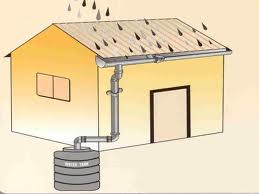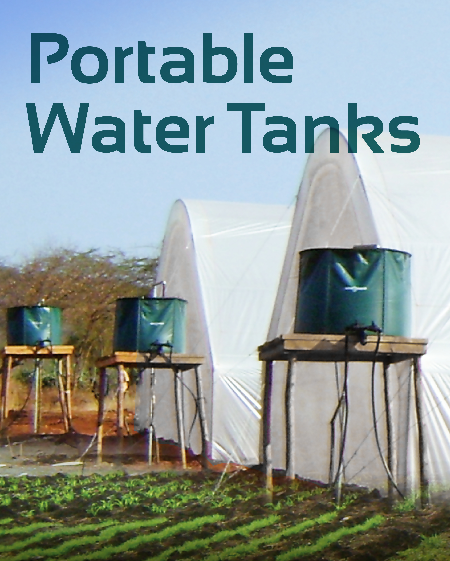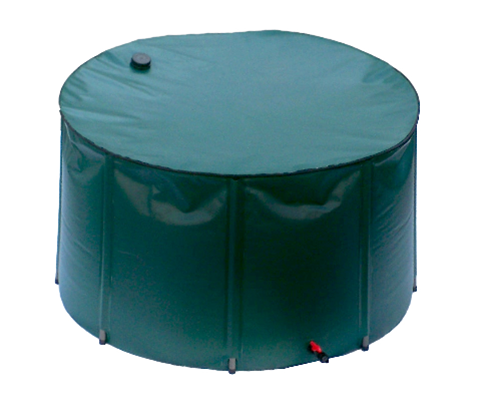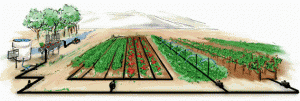Rain water harvesting the latest trends
Rainwater expert Dr. Ilan Adler, who is currently studying water and green technologies, recently visited Israel. Adept in the subject and curious about seeing the innovations developed within Israel – a country recognized as a center of global innovation and a provider of advanced solutions and equipment to irrigate family properties – he spent several days assessing different solutions developed in the Holy Land. Among them were technologies for the collection and use of rainwater for various uses in the home and field.
In his manual, Adler defines rainwater collection as the collection, transport, and storage of natural rain which falls on organic and inorganic structures.
 Surfaces that collect water may be house and building roofs, store and shop roofs, open areas, etc., and collection tanks are designed to be used specifically in this field. According to the expert, the stored water can be used for any purpose, but different filters should be adapted for each use. A very simple filter can be used for basics such as laundry, cleaning, toilets, and irrigation, but for personal cleanliness and drinking water, a different, more complex set of filters must be used.
Surfaces that collect water may be house and building roofs, store and shop roofs, open areas, etc., and collection tanks are designed to be used specifically in this field. According to the expert, the stored water can be used for any purpose, but different filters should be adapted for each use. A very simple filter can be used for basics such as laundry, cleaning, toilets, and irrigation, but for personal cleanliness and drinking water, a different, more complex set of filters must be used.
After evaluating Israeli rainwater dropdown storage tanks, the expert concluded that they are a practical solution. They seem to be very strong, don’t leak, and are easy to handle, transport, and store, especially when compared with rigid tanks.
The rainwater tanks prove to extremely useful for storing water in both homes and in small agricultural plots. These tanks are used to supply the irrigation needs through gravity drip irrigation systems (GDS) when other supply sources are less reliable.
The GDS system has been designed to provide high-performance, cost-effective irrigation equipment to small domestic plots. The equipment consists of a storage tank that can be filled from any local water source, water distribution pipes, a filter, and drip lines suitable for all types of crops.
GDS advantages include:
Low-cost irrigation for large areas such as small rural orchards, and simple technology that increases household income and food supply to rural communities.
This combination of tanks with the GDS system is ideal for small plots in order to achieve greater efficiency and better results since it: maximizes water and fertilizer savings to produce better results at a lowest cost; has very simple installation, operation, and maintenance procedures; doesn’t need infrastructure or electricity; increases household income; and strengthens the rural communities’ structure.
You can download Dr. Adler’s full manual in Spanish by click on Captación del agua de lluvia
We invite you to voice your doubts, interests, questions, and comments to this post.





